5 Crafty Homemade Christmas Gifts For Your Loved Ones
With Christmas just around the corner, people are scrambling to get their holiday shopping done. If you’re sick and tired of the usual gifts, though, why not try your hand at these homemade Christmas gifts?
Homemade Christmas Gifts That Will Show You Care
There is nothing wrong with buying Christmas presents for your friends and family. But, if you want to go that extra mile and show your loved ones you truly appreciate them, putting in your time and effort is the way to go. Roll up your sleeves and prepare to use some elbow grease on these homemade Christmas gifts.
1. Citrus Marmalade
Nothing says homemade gift for Christmas like a delicious marmalade you make in your own kitchen. Here’s a recipe that will surely impress.
Ingredients:
 4 large naval oranges, divided
4 large naval oranges, divided- 2 medium grapefruit
- 2 limes
- 5 cups granulated sugar
- 2 star anise
- 1 pouch (3 oz) liquid pectin
- 1 1-inch piece ginger, smashed
- 1/8 tsp baking soda
Directions:
- Peel two oranges, the grapefruit, and the limes. Set aside. Cut the peels into thin strips.
- In a large Dutch oven over medium heat, pour 1 1/2 cups of water. Add in the peels and baking soda. Bring to a simmer and then lower the heat. Simmer for 18 to 20 minutes with the lid on.
- Peel the remaining oranges. Remove the white pith from all of the peeled oranges as well as the grapefruit. Separate the fruit into sections, removing the membranes and seeds. Chop the fruit and place in a bowl.
- Add the fruit, juice, ginger, and star anise to the Dutch oven. Simmer for another 15 minutes with the lid on. Add sugar and turn up the heat to high. Bring to a rolling boil before adding pectin. Boil again for about 10 to 15 minutes or until a candy thermometer reads 220°F.
- Turn off the heat. Remove the foam that forms on the surface. Remove the ginger and star anise.
- Transfer the cooked marmalade into small jars and allow to cool completely before screwing in the lids. Place in the refrigerator to chill before giving out as gifts.
2. Santa Slime
If you can’t think of easy DIY Christmas gifts, this holiday slime is something you can make with common household items. It’s especially perfect for kids but works for all ages.
Materials:
- 4 cups unscented shaving cream
- Red glitter glue
- 1/4 cup water
- 2 tbsp contact solution
- Liquid red food coloring
- 1/2 tsp baking soda
Directions:
- In a bowl, pour in the bottle of red glitter glue. Add water to the same bowl. This will make the slime stretchier.
- Add the baking soda and mix well. Add the shaving cream and mix again.
- To make the color deeper, add the red food coloring using a spoon. Add a little at a time until the slime turns into the shade you want. Mix well.
- Gradually add the contact solution and mix slowly. Add only a teaspoon at a time and knead. Stop when you have reached the consistency you want. Good slime is not too sticky.
- Add the finished slime into a jar. Decorate the jar (a popular choice is to dress it like Santa).
3. Pine-Scented Candle
If you’re looking for DIY Christmas gifts for coworkers, this pine-scented candle is easy to make and smells good, to boot.
Materials:
 Weck jars
Weck jars- 10 cups soy wax chips
- Green dye
- Pine-scented candle oil
- Candle wicks
- Small wooden sticks
Directions:
- Place the soy wax chips in a heavy pot. Melt it over medium heat. Once melted, add drops of pine-scented candle oil and mix well. Pour the melted wax into two heat-proof bowls (the bowls should have pouring spouts to make it easier). Divide it evenly between the bowls.
- Add drops of green dye into one of the melted wax bowls. Use just enough to get the shade of green you want.
- Place the wick at the bottom of the candle jar. The wick might move around, so you can glue the wick to the bottom to secure it. Alternatively, you can wrap the top of the wick around a twig or stick. Place the twig or stick on the rim of the jar. This will keep it in place.
- Pour the melted white wax into the jar. Let it dry. You can place it in the refrigerator so it can dry faster. Then, pour the melted green wax on top of the dried white layer. Repeat this step until you have filled the jar. You can do as many layers as you want and as thick as you want each layer to be.
- Remove the stick and cut the wick to the appropriate height. Pop the lids on.
- Optional: wrap in gift wrapper before handing them out to recipients.
4. Snow Globes
Materials:
- Glass jars with screw-on lids
- Distilled water
- Glycerin
- Epoxy
- Plastic or ceramic figurines
- Tinsel glitter
- Sandpaper
Directions:
- Clean all of the jars and dry them thoroughly. Wipe the jars using a lint-free cloth to remove any fingerprints or smudges.
- Sand down the underside of the lids. Then, take your figurine of choice and glue it to the underside of the lid using epoxy. Complete with the rest of the lids. Let them dry completely.
- Pour distilled water into the jars. Make sure not to overfill the jar so that the figurines still have room.
- Add a small drop of glycerin to each filled jar. The glycerin will help suspend the glitter to give you that snowy effect.
- Add the tinsel glitter to the jars. Make sure not to add just enough to achieve that snowy effect while still keeping the figurine visible.
- Screw on the lids with the attached figurines so that the figurines are inside the jars. Close the lids tightly. This way, no water or glitter will escape the jar when you shake it.
5. Bubble Bars
When it comes to DIY Christmas gifts for mom, these bubble bars are a sure winner.
Ingredients:
- 1 cup baking soda
- 1 cup sodium lauryl sulfoacetate
- 1/3 cup corn starch
- 1/3 cup vegetable glycerin
- 1 tbsp coconut oil
- 1/3 cup cream of tartar
- 1 tbsp water
- 20-30 drops any essential oil
- Natural soap dye
Directions:
- Strain all of the dry ingredients through a fine mesh sieve. Combine them all in a bowl and mix thoroughly.
- In a separate bowl, pour all the wet ingredients in, including the essential oils.
- Pour the wet ingredients into the bowl with the dry ingredients. Use your hands to mix them until it reaches a crumbly consistency.
- Divide the soap dough into two and place them in different bowls. Add one color soap dye to one bowl and another to the other bowl. Combine well so that it colors evenly.
- Transfer one bowl of dough to parchment paper. Shape it into a vertical rectangle, flattening it to ensure an even surface (about 1/2-inch thick). It should have no cracks or gaps.
- Transfer the second bowl of the dough on top of the flattened rectangle. Flatten it again so that you have two layers of different colors.
- Grab two edges of the parchment paper and lift. Then, start rolling the soap dough in on itself as if you were making a cake roll, pressing together any cracks that form along the way.
- Slice the soap roll into 1- to 2-inch thick pieces. Make sure to do this with a gentle hand so that the soap retains its shape.
- Line the slices up on parchment paper or a tray. Let dry for 72 hours.
Happy Gift Giving!
Homemade Christmas gifts are the best kinds of gifts. They show your loved ones that you care about them enough to put in the time and work. Plus, hand-crafted gifts are always great when you’re in a pinch or on a budget.
RELATED ARTICLES:
- HOA Holiday Planning: How To Prepare For The Holidays
- Can Homeowners Be Asked To Remove American Flag In HOA Communities?
- Condo Decorations Rules: Fair And Unfair Policies

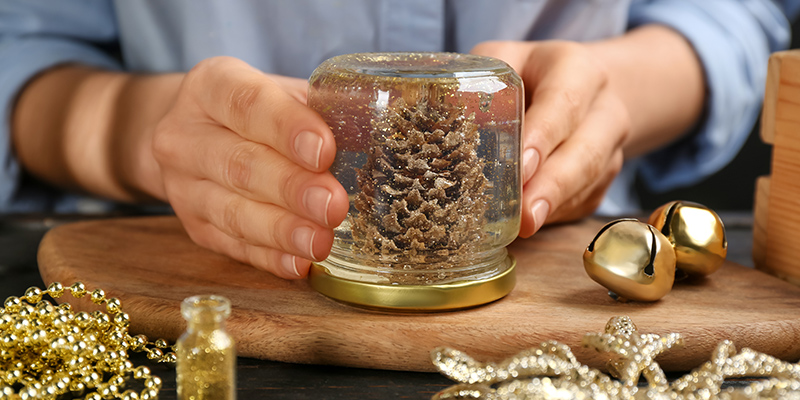

 What Does an HOA Attorney Do?
What Does an HOA Attorney Do? In HOA communities, homeowners pay
In HOA communities, homeowners pay  Secondly, you must consider your budget. Lawyer fees can vary greatly, and the more well-known firms will obviously charge more. Make sure to check your budget to see how much your association can spend on an attorney.
Secondly, you must consider your budget. Lawyer fees can vary greatly, and the more well-known firms will obviously charge more. Make sure to check your budget to see how much your association can spend on an attorney.
 1. Number of Pets
1. Number of Pets 4. Registration Required
4. Registration Required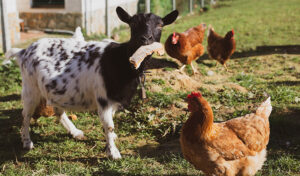 Dogs, cats, birds, and fish are the most common pets that owners keep. But, there are also homeowners who wish to keep goats or chickens in their backyards. This poses a dilemma for a lot of HOA communities.
Dogs, cats, birds, and fish are the most common pets that owners keep. But, there are also homeowners who wish to keep goats or chickens in their backyards. This poses a dilemma for a lot of HOA communities. The
The 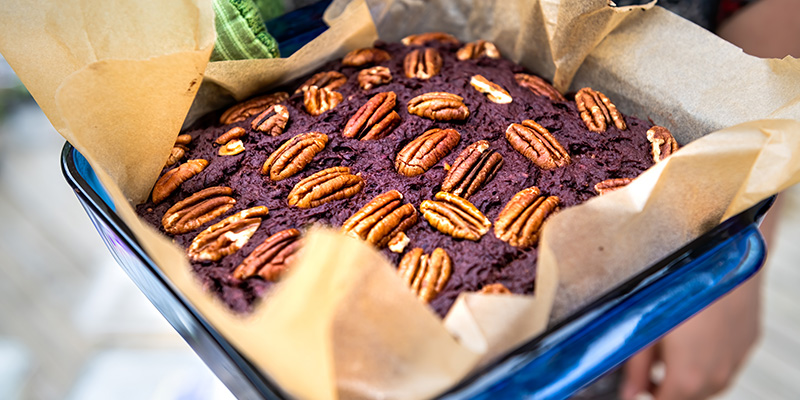
 Looking for Thanksgiving recipes for desserts? Here’s one that combines two desserts into one.
Looking for Thanksgiving recipes for desserts? Here’s one that combines two desserts into one.
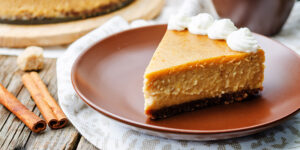 The best dessert recipes for Thanksgiving are the ones that don’t need an oven.
The best dessert recipes for Thanksgiving are the ones that don’t need an oven.
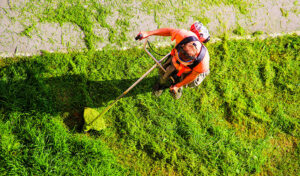 How often you should mow your lawn
How often you should mow your lawn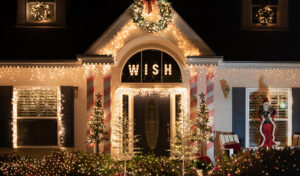
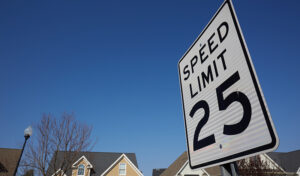 How many vehicles you can park on your property
How many vehicles you can park on your property 10. Noise Rules
10. Noise Rules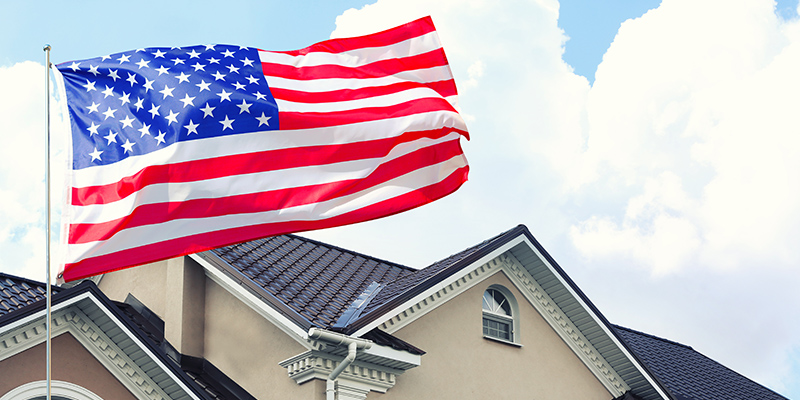
 The American Flag Act specifically regulates homeowners associations, condominiums, and cooperatives. According to this Act, HOAs “may not adopt or enforce any policy, or enter into any agreement, that would restrict or prevent an association member from displaying the U.S. flag on residential property within the association with respect to which such member has a separate ownership interest or a right to exclusive possession or use.”
The American Flag Act specifically regulates homeowners associations, condominiums, and cooperatives. According to this Act, HOAs “may not adopt or enforce any policy, or enter into any agreement, that would restrict or prevent an association member from displaying the U.S. flag on residential property within the association with respect to which such member has a separate ownership interest or a right to exclusive possession or use.” When it comes to flag rules, HOA boards should act carefully because there is a lot of room for liability. In fact, several lawsuits have emerged from this very dispute — from
When it comes to flag rules, HOA boards should act carefully because there is a lot of room for liability. In fact, several lawsuits have emerged from this very dispute — from 

 Once a violation has occurred, the association’s response typically begins with written notice. This notice of violation will contain the details of the infraction. Normally, homeowners will have the opportunity to correct the violation without further consequence, especially if it is their first violation. However, depending on state laws and the governing documents, some HOAs do proceed with
Once a violation has occurred, the association’s response typically begins with written notice. This notice of violation will contain the details of the infraction. Normally, homeowners will have the opportunity to correct the violation without further consequence, especially if it is their first violation. However, depending on state laws and the governing documents, some HOAs do proceed with 
 While they may sound like they offer the same things, a financial review and an audit are two different things. A financial review examines the financial records of an association and provides a report that the board can use to make short-term financial decisions.
While they may sound like they offer the same things, a financial review and an audit are two different things. A financial review examines the financial records of an association and provides a report that the board can use to make short-term financial decisions. On average, audits can cost anywhere between $4,000 to $6,000. Given the complexity of a financial audit, though, such a price is understandable. Audits are time-consuming and labor-intensive, but their results are well worth the investment.
On average, audits can cost anywhere between $4,000 to $6,000. Given the complexity of a financial audit, though, such a price is understandable. Audits are time-consuming and labor-intensive, but their results are well worth the investment.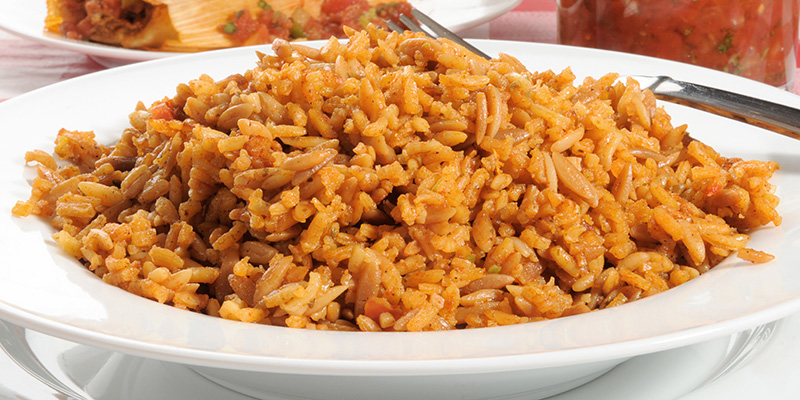

 1 cup mozzarella cheese, shredded
1 cup mozzarella cheese, shredded 1 1/2 cups pumpkin, cubed
1 1/2 cups pumpkin, cubed 2 cups Arborio rice
2 cups Arborio rice


 In general, HOA fees are not tax-deductible. But, there are some instances where owners can deduct them, such as:
In general, HOA fees are not tax-deductible. But, there are some instances where owners can deduct them, such as:
